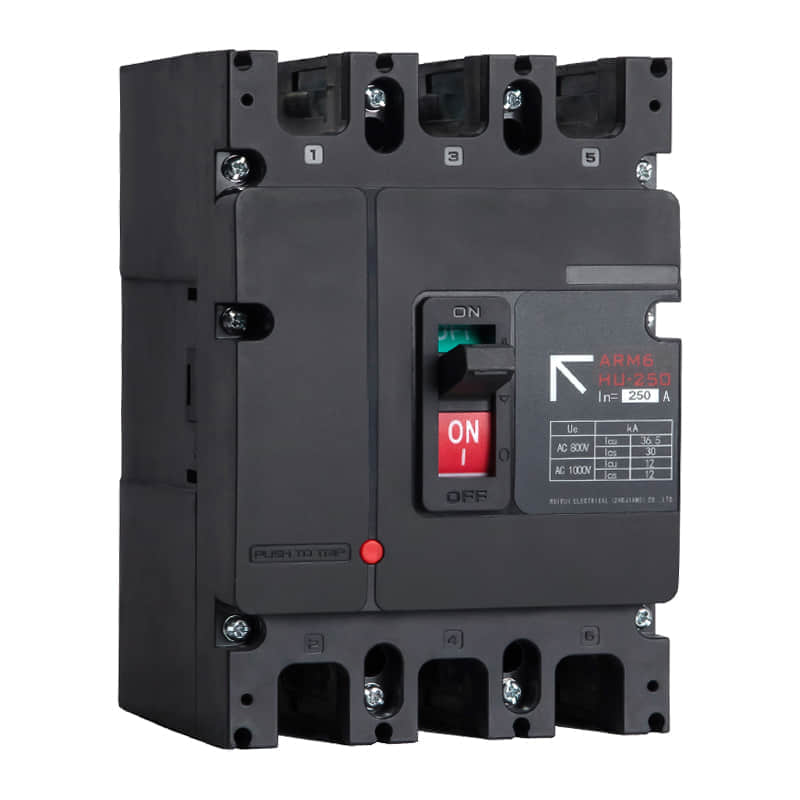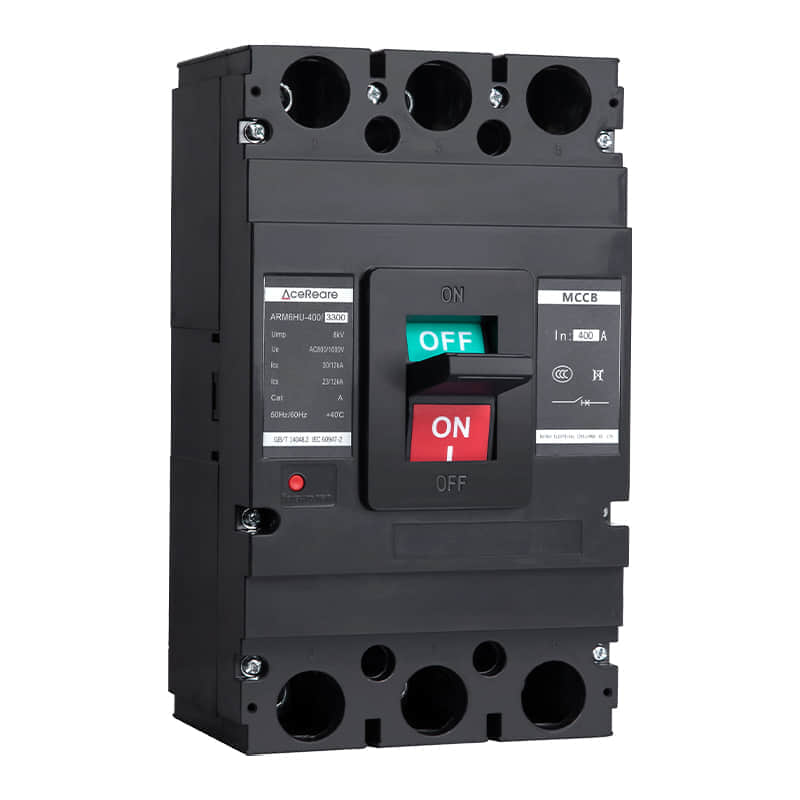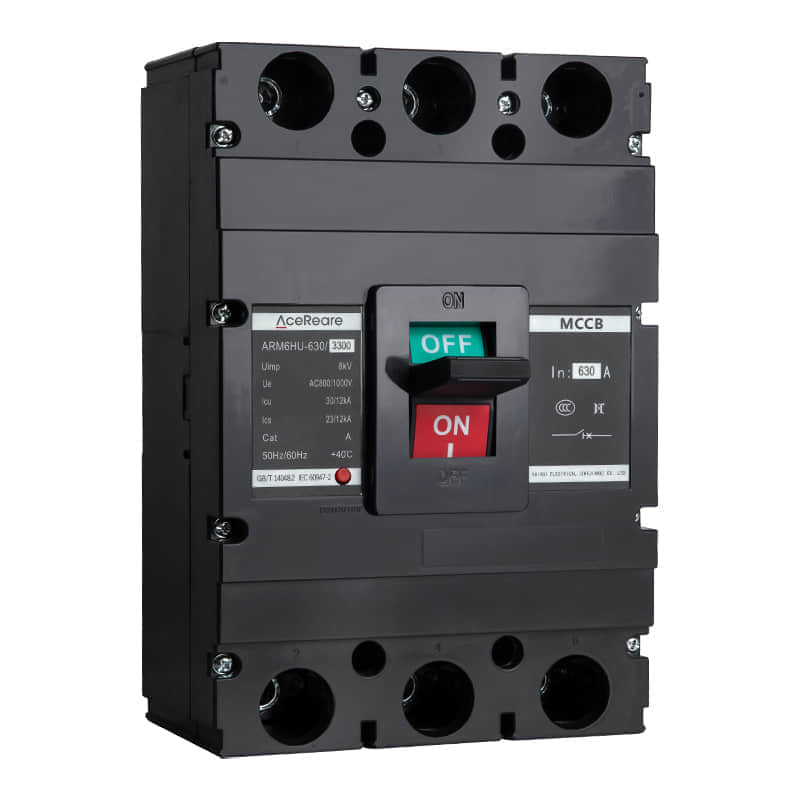Introduction

In the realm of electrical protection, the Molded Case Circuit Breaker (MCCB) stands as a critical component, safeguarding electrical systems and equipment from overcurrents and short circuits. This article delves into the features and advantages of MCCBs, shedding light on their pivotal role in maintaining the integrity of various applications.

The Anatomy of MCCBs MCCBs are aptly named due to their construction, which involves molding the circuit breaker components into a robust and compact case. This design offers numerous benefits, including enhanced durability, protection against environmental factors, and space efficiency. Within the MCCB case, vital elements like the operating mechanism, trip unit, and current-carrying components work in tandem to ensure seamless operation. Advantages of MCCBs Overcurrent Protection: One of the primary functions of MCCBs is to protect electrical circuits from overcurrents that can result from factors like short circuits or excessive load. The MCCB’s trip unit senses abnormal current levels and rapidly interrupts the circuit, preventing damage to both the equipment and the circuit itself. Adjustable Trip Settings: MCCBs come with adjustable trip settings, allowing users to customize the circuit breaker’s response to different levels of overcurrent. This flexibility enables precise tailoring of protection, enhancing the compatibility of the MCCB with a variety of applications. Thermal Magnetic Protection: MCCBs often employ a combination of thermal and magnetic protection mechanisms. The thermal element responds to moderate overcurrents over a longer time, while the magnetic element swiftly reacts to high overcurrents, ensuring comprehensive protection. Remote Operation and Monitoring: Advanced MCCBs can be equipped with remote operation and monitoring capabilities. This feature proves invaluable for scenarios where immediate manual intervention might not be feasible or safe. Remote access enables quick troubleshooting and control, minimizing downtime. Selective Coordination: In interconnected systems with multiple circuit breakers, selective coordination is crucial. MCCBs can be coordinated to ensure that only the circuit breaker closest to the fault trips, allowing the rest of the system to remain operational. This selective coordination minimizes disruptions and enhances overall system reliability. Compact Design: The molded case design of MCCBs optimizes space utilization within electrical panels. This is particularly advantageous in applications where available space is limited, allowing for more efficient and organized panel layouts. Durability and Longevity: The robust casing of MCCBs provides protection against physical damage, dust, and moisture. This durability extends the operational life of the MCCB, reducing the need for frequent replacements. Applications of MCCBs MCCBs find extensive use across various industries and applications: Industrial Settings: MCCBs are commonly employed in industrial environments to protect motors, pumps, conveyors, and other critical machinery from overcurrents and short circuits. Commercial Buildings: In office buildings, retail spaces, and hospitals, MCCBs safeguard lighting systems, HVAC equipment, and power distribution networks. Residential Installations: MCCBs are utilized in residential circuit breaker panels to protect household appliances and wiring from electrical faults. Conclusion The Molded Case Circuit Breaker stands as a testament to the advancements in electrical protection technology. Its versatile applications, adjustable settings, and durable design make it an indispensable asset across industries. By preventing damage and ensuring the continuity of operations, MCCBs play a pivotal role in maintaining the safety and efficiency of modern electrical systems.
